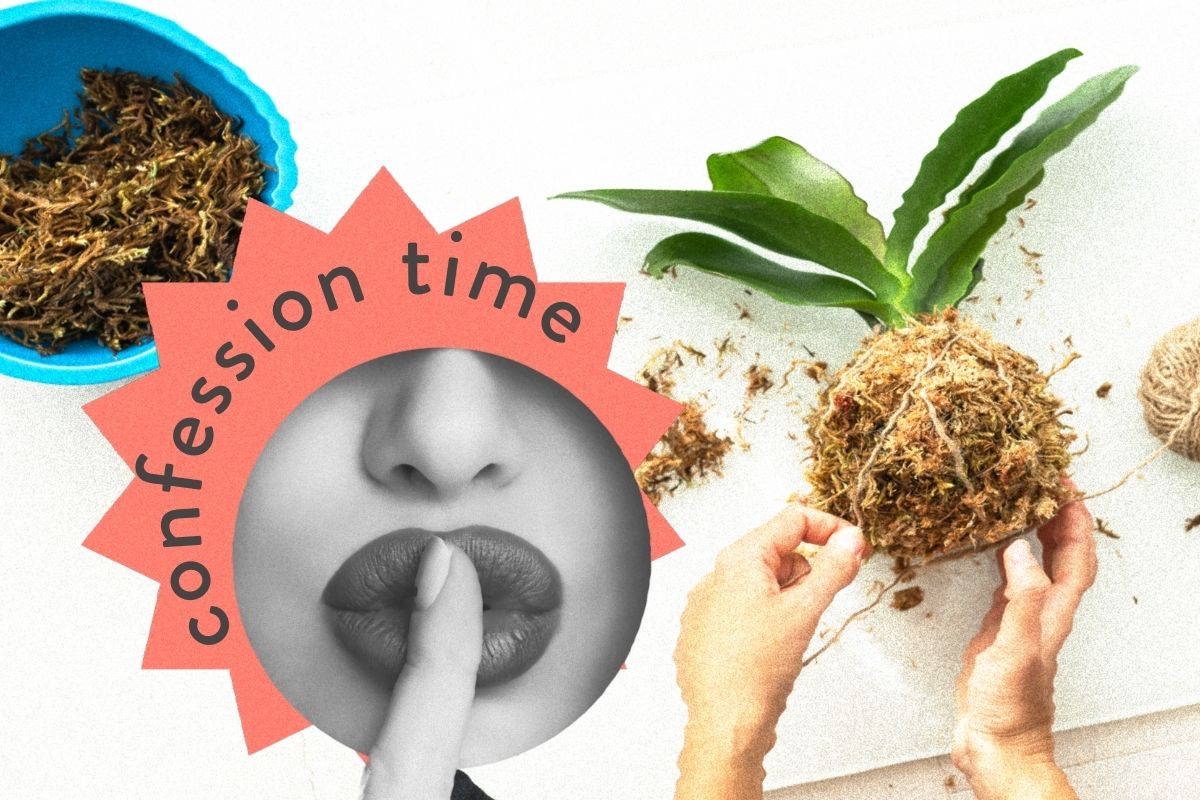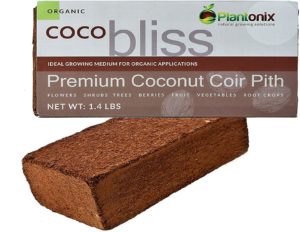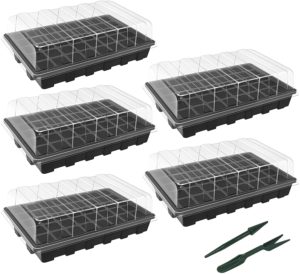It might be hard to believe that tending to your houseplants can have any negative impact in the world. I mean, who doesn’t enjoy a healthy philodendron?
Unfortunately, one of the most commonly used soil builders might actually be doing more global harm than local good. The culprit? Sphagnum peat moss.
Sphagnum peat moss is one of the most popular additions to soil for indoor plants because of its ability to help sandy soil retain moisture and clay soil to drain more easily. Sphagnum peat moss has a naturally low pH (about 4.0), so it’s also a great way to keep plants happy that prefer more acidic environments, like Boston ferns, jade plants and many types of cacti.
While it seems like sphagnum peat moss can do it all, harvesting it contributes to insane greenhouse gas emissions and ecosystem destruction around the world.
where does peat moss come from?
Source: International Peatlands Society
Sphagnum peat moss comes from peatlands (also known as peat bogs), a type of wetland ecosystem that is found in every climatic zone on Earth. The majority of peat bogs are found in Asia, and the peatlands of Asia and North America combined account for nearly 70% of peatlands globally.
Like the Earth’s supply of oil, peatlands regenerate super slowly over time and are a dense source of carbon. Peat is a non-renewable, organic resource that is primarily used for agriculture and gardening to improve the growth and productivity of plants. Sphagnum peat moss is considered a natural soil conditioner and is able to hold nutrients in the soil that would otherwise leech out.
Peatlands form over tens of thousands of years in land areas that are unable to drain excess water, existing in a perpetually moist condition. Because of the poor-drainage, the water has low oxygen levels and microbial populations are much lower than they would be in well-draining soils. This leads to plant material decomposing extremely slowly, forming “peat” build up as it decays .
Peat is the accumulation of plant materials – most commonly sphagnum moss – that have been submerged in these bog waters and partially decayed over thousands of years. There are over 160 different sphagnum moss species, and they all absolutely love the moist soil conditions in peat bogs – which is the reason you’ll often hear the term sphagnum moss used interchangeably with peat moss, even though the terms refer to different things (keep reading to learn more).
As the moss grows, the lower portions of the plant die and enter the soil layer of the bog. The top layer of peat, just below the soil surface, becomes a porous, yellow-brown spongy mass.
Peat compresses over time and sinks deeper into the earth as new mosses grow on the surface. Below the top layer of aerated peat, you’ll find darker brown peat that has been decaying for longer periods of time. Sphagnum peat moss is naturally acidic because of the high levels of humic acid and tannins in the soil, which help to degrade the living matter in the peat bogs.
Although 80% of North America’s peat moss is supplied by Canadian peatlands, there are peat bogs across the USA, Russia, Northern Europe, and Asia as well.
peat moss vs sphagnum moss
Sphagnum moss and peat moss (also called sphagnum peat moss) are frequently confused for one another, but they have distinctly different origins and uses. As discussed in the previous section, sphagnum peat moss is made up of partially decayed organic plant material—often sphagnum moss—that has accumulated over thousands of years in peatbogs.
Sphagnum moss, however, is the plant that grows in the area on the surface of the water or soil.
Environmentalists and preservationists often harvest sphagnum moss in order to help these ecosystems regenerate. Peat moss, however, is the layer of sunken organic material below the surface of the bog water. In contrast with sphagnum moss, harvesting peat moss destroys the regeneration potential of the peat bogs and is not considered to be a renewable resource due to the long time it takes for this type of matter to develop.
In short, sphagnum moss = innocent plant, peat moss / sphagnum peat moss = non-renewable resource.
peat moss environmental impact
Few of us think that using plant material could be detrimental to the planet, but the truth is that our moss-loving habits could actually expedite global warming at alarming rates. Not only that, but it is a leading cause of destructive wildfires where peatlands have been over-harvested. We get into that here.
a vanishing carbon sink
These wetland ecosystems have slow drainage which leads to anaerobic conditions, causing slow decay of the organic plant material and the accumulation of peat. Because of the nature of these conditions, peatlands store a 10 times higher concentration of carbon dioxide than other ecosystems (including trees in forests!). Because of this, peatlands are considered to be a “carbon sink.”
A carbon sink is basically a housing area for carbon dioxide which keeps it from being released into the atmosphere, which, on a large scale, can lead to global climate warming. One of the most important environmental impacts of harvesting peat moss is the release of these carbon dioxide stores. When peat moss is harvested from these wetlands, the stored carbon is released and the natural environment is unable to replace this carbon holding environment for thousands of years. Because of the large volume of carbon stored in these environments, the United Nations estimates that the destroying of peatlands makes up 5% of human-caused carbon emissions.
In 2007, the United Nations Environment Programme (UNEP) recognized the importance of peatlands in preserving our environment through assessing the contribution of these environments to carbon stores. Within this study, UNEP found that the equivalent of 100 years of fossil fuel emissions were stored in the 988 million acres of peatland estimates across our globe. As worldwide demand for peat increases, the estimated area of peatland across our continents is rapidly diminishing.
impacts of over-harvesting and peatland destruction around the world
When we talk about peatland destruction, the top three regions come to mind: Asia, Russia, and Canada. This is because they are the top producers of peat moss in the world…
…and harvest at top rates. While Canada and Russia have notably made efforts to restore their peatlands, both in an effort to protect their lands which provide for their people and also to maintain the commercial use of these lands. Asia, on the other hand, is still establishing sustainable practices for harvesting peat moss. Because of the economic opportunities the land space provides the people of Asia, restoration and protection is a slower process that involves local communities and businesses.
| Location | Peatlands, millions of hectares |
|---|---|
| North America | 135 |
| Europe and Russia | 87 |
| South America | 87 |
| Asia | 33 |
| Africa | 6 |
South East Asia
Countries such as Indonesia and Malaysia also contribute to the depletion of peatlands by draining these areas to make space for farmland and plantations. In fact, the carbon release from these movements is so severe that Wetlands International claimed that the peatland emissions from Southeast Asia exceeded the fossil fuel emission of any other major polluting country.
The estimated CO2 emissions from peatlands in Malaysia come out to two billion tons annually, which is 10 percent of all coal, oil, and natural gas emissions.
The demand for timber and pulp has accelerated the harvesting of peat and destruction of peatlands because the areas peatlands occupy is rapidly being turned into tree and palm oil plantations. By turning peatlands into palm oil plantations, contributing countries are increasing the CO2 released into our atmosphere.
Palm oil is one of Indonesia’s top exports, but one ton of palm oil grown on peatlands emits 20 times more CO2 than a ton of gasoline. Because of the high penalty for destroying peatlands, environmental experts say that protecting this resource is one of the most cost effective—and environmentally effective—ways to protect our planet.
Canada
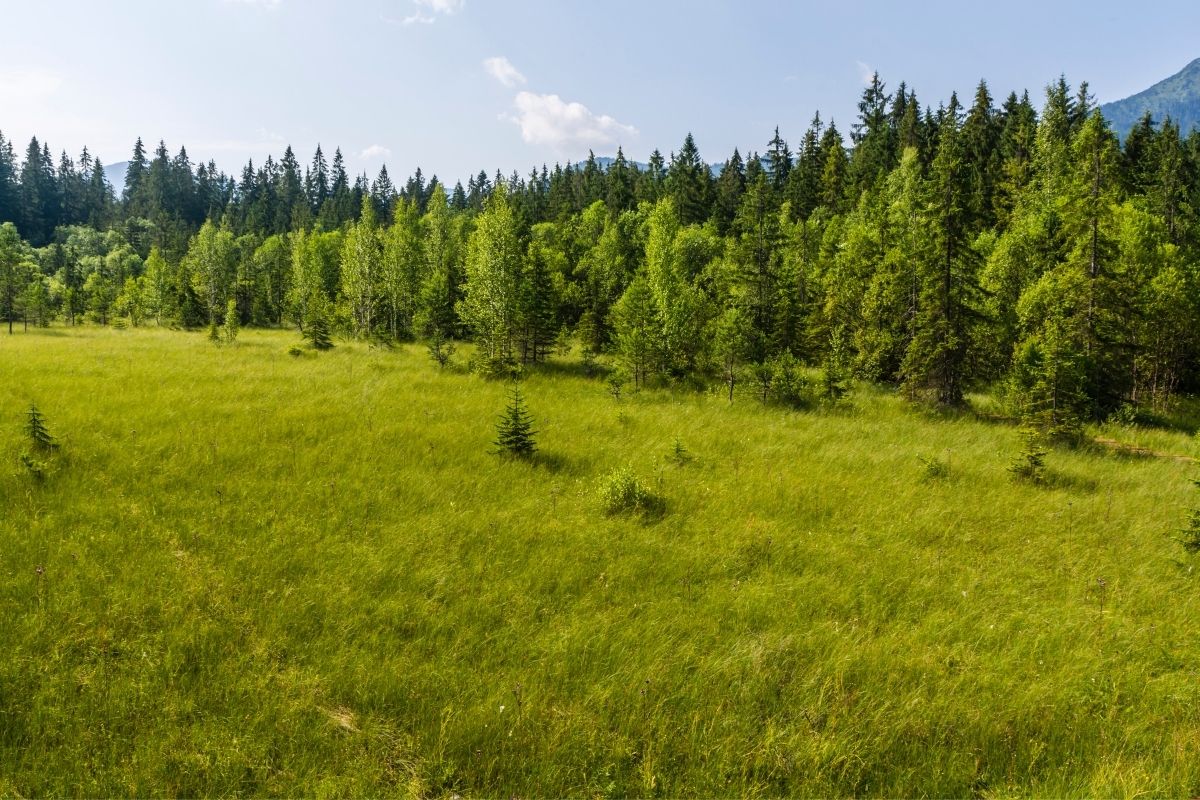
Canada has an estimated 335.4 billions tons of dry weight peat resources, making it one of the top resources and producers on this side of the globe. While many argue that this could be used for energy production in remote areas—like where peatlands are in Canada—it is mostly used as soil supplement in horticulture, as a filter for waste water, and other products that can be used in the home.
Although Canada is one of the largest single exporters of peat in the world, less than .02% of Canadian bogs are used for horticultural purposes. In some cases, Canadian moss is regenerated 70 times faster than it is harvested, making it a sustainable practice overall.
Russia
Russia has perhaps the most extensive peatlands of all, covering 8% of Russia’s territory. One of the major risks of harvesting peat moss at the rate that Russia traditionally has is that it dries out the bogs, leaving dry, crispy, and highly flammable moss on the earth’s surface. In 2010, this caught fire in Russia, prompting ecological restoration for a safer and more sustainable approach to harvesting.
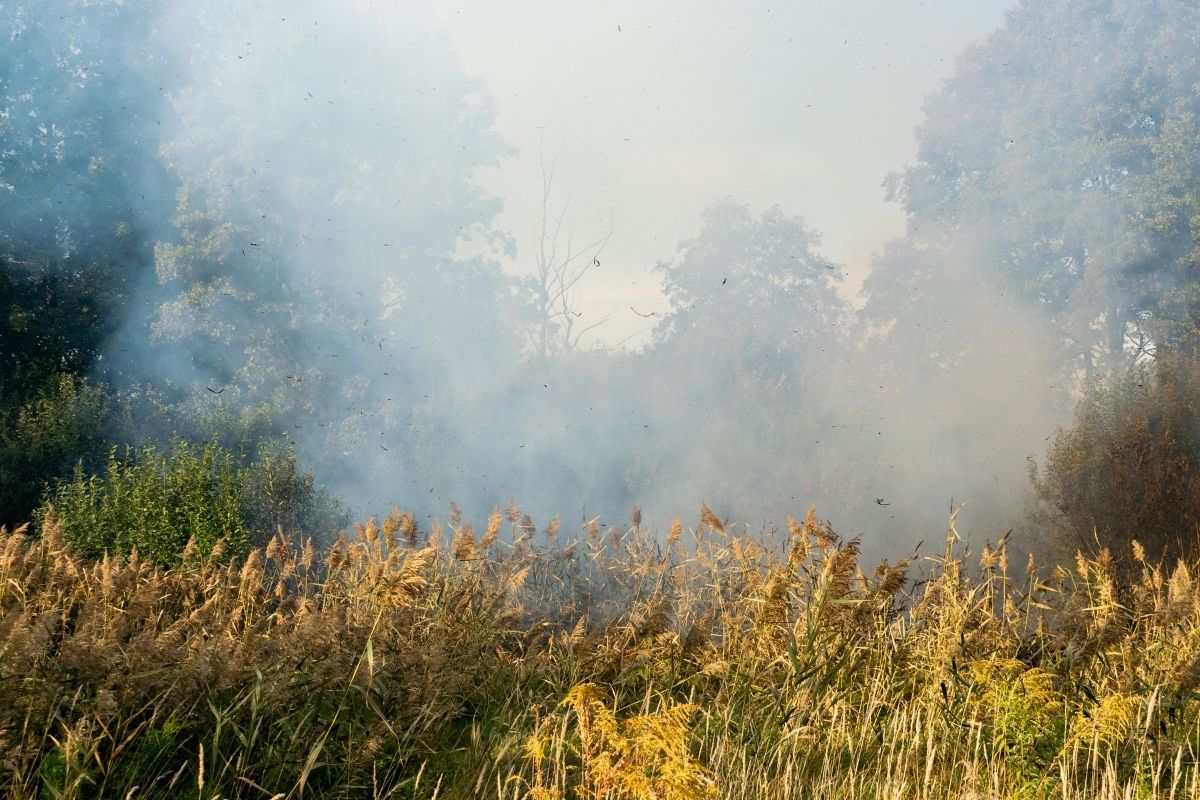
peat bog restoration
The accelerating loss of peat bogs in recent years has led the United States Environmental Agency (EPA) to launch initiatives that protect peat bogs across the northern hemisphere. The key to sustainability is replenishing the post-harvest sites and ecosystems.
According to Paul Short, the President of the Canadian Sphagnum Peat Moss Association (CSPMA), policy and practice changes are equally important in helping conserve existing peat bogs and ensure the retention of peatlands in the future. Launching initiatives to help return post-harvest sites to functioning bog ecosystems will mitigate the losses to our wetlands and help to protect the environmental, social, and economic value of these lands.
In order to replenish and restore a peat bog, moss transfer techniques are often used to replenish sphagnum plants in the ecosystem. The sphagnum plant cover slowly establishes itself in the wetland environment over 5 years and carbon sequestration accumulates over time. By 15 to 20 years of being undisturbed, the area is able to return to being a carbon sink and helping to store carbon that would otherwise be released into the atmosphere.
Because of the vital importance of these ecosystems to the health of our planet and society, it is important we work together to protect these environments and limit the harvesting of peat bogs and destroying of these landscapes for alternative purposes.
peat moss for plants: what is peat moss good for
Peat moss is well known among the gardening community for its use as a soil component that helps a wide variety of plants thrive in their environment. Peat moss is able to retain nutrients and provide them to the plants that grow in it at a much higher concentration than typical soil. There are many reasons gardeners and farmers love peat moss. This super medium is:
- A nutrient sponge. Peat moss is able to increase the “cation exchange capacity” of the soil which allows it to hold nutrients tightly without leaching out.
- Composed of up to 70% water. Because of the composition of Sphagnum, the moss has incredible water retention and is able to hold up to 20 times its weight in water while keeping free of seeds, pathogens, pests, and other harmful environmental factors.
- A sterile medium. This means that peat moss does not contain weeds, chemicals, pests, or other matter that is harmful for plants. Because of this, peat moss is a great starting medium for new seedlings.
- Acidic and high in tannins. Plants that thrive in acidic environments, such as blueberries and camellias, are able to take advantage of the low pH of Sphagnum Peat Moss. Because of the slow degradation rate, one application of this moss lasts for several years in an environment.
- Useful in compaction prevention. Peat moss is loose and highly aerated, which increases water absorptions and provides a more conducive environment for plants to grow.
the best alternatives to peat moss
Despite the value peat moss holds as a growing medium, the environmental damage inflicted by its harvest far outweighs the benefits of using it to grow. Over-harvesting peat moss has led to rapid wetland decline and CO2 emissions in our atmosphere.
In order to find the best alternatives, we looked for the most valuable properties of peat moss and which alternatives provide the most ideal replacement. Properties of peat moss that benefit farmers and gardeners the most include its ability to retain moisture, nutrients, and provide a sterile seedling starter medium. Looking into these components, a few of our favorite alternatives include:
coconut coir
Also known as coco peat and coir peat, coconut coir is the long fibers in coconut husks often used for making rope and other strong fibrous materials. The shorter fibers left over can hold 10 times their weight in water and make an excellent addition to soil to allow for increased draining and air within the soil. In addition to this, coconut coir has antifungal properties and a neutral pH of 6, which makes it an excellent choice for most plant species.
compost
Compost is made of broken-down kitchen and outdoor waste that provide rich micronutrients to plants through the soil. Compost has been a tried and true method for gardeners for years and helps to improve the structure, water infiltration, and water retainment of soil.
seedling starter trays
Commonly found on Amazon, seedling starter trays provide seedlings with space to develop and grow roots in a sterile environment before moving to the main garden. Seedlings are able to grow roots in an environment with high levels of drainage, good oxygen flow, and high mobility for the best sun.
Shop our recommendations
- The Best Hydroponic Tower For Indoor Gardening
- 10 Best Worm Composter Bins For Easy Homemade Compost
- The Best pH Meter For Soil
- The 6 Best Dehumidifiers For Grow Tents
- The Best Complete Indoor Hydroponic Grow System
- 5 Best Grow Light Strips For Indoor Plants
- TESTED: Aerogarden vs Click and Grow Smart Garden
- Our *hands on* MARS HYDRO TSW 2000 review (with photos)
- 7 Best Hygrometers For Indoor Plants
- The Best Coco Coir For Your Plant’s Healthiest Root System Ever

